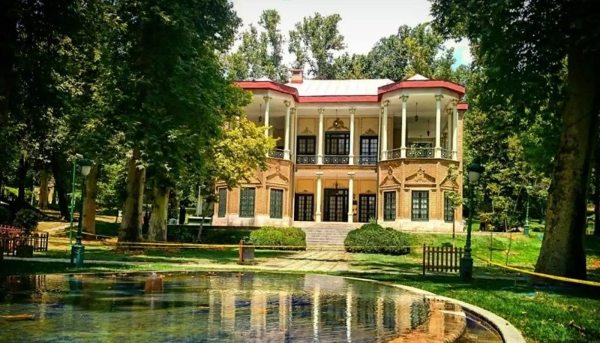
Saad abad palace
Saadabad Cultural-Historical Complex is a 110-hectare complex in the north of Tehran city, which was founded and expanded by the Shahs during the Qajar and Pahlavi periods. This historical complex has several hectares of natural forest along with several palaces, mansions, museums, numerous buildings, aqueducts, gardens, greenhouses and streets. This complex was built in Shemiran area, near Darband and on the slopes of Alborz mountain range.
This complex is bordered by Alborz mountains in the north, Gulab Dareh in the east, Velenjak in the west, and Tajrish in the south. Jafarabad river passes through the middle of the palace grounds. The average annual temperature of this area is estimated at 12.9 degrees Celsius and it is located at an altitude of 1650 to 1800 meters above sea level. During the era of Reza Shah, the entire garden of Saad Abad was overlooked by the Darband River, but during the era of Mohammad Reza Shah, to give the people half of the day and night, and this amount of river water was not enough to irrigate the entire complex, twelve old and new aqueducts were used.
After the 1357 revolution, this complex became a museum and the current presidential palace is located next to this complex. Currently, several palaces and buildings of this complex are at the disposal of the Iranian presidential institution.
History
The Saadabad collection has passed four historical periods of Qajar, Pahlavi I and Pahlavi II and after the Iranian revolution. Saad Abad was built in the Qajar period and was the summer residence (yilaq) of the kings of this dynasty. After the coup d'état of 1999 and its occupation by the Pahlavi family, many buildings were built in it, amounting to 18 palaces of different dimensions. Each of the buildings was the residence of a member of the Pahlavi family. Mohammadreza Pahlavi also settled in this place in the 1350s, and its construction was completed at the beginning of his reign. The newest palace in this collection is Leila Pahlavi Palace, which belonged to the youngest daughter of Mohammad Reza Pahlavi and today is called Abkar Museum.

